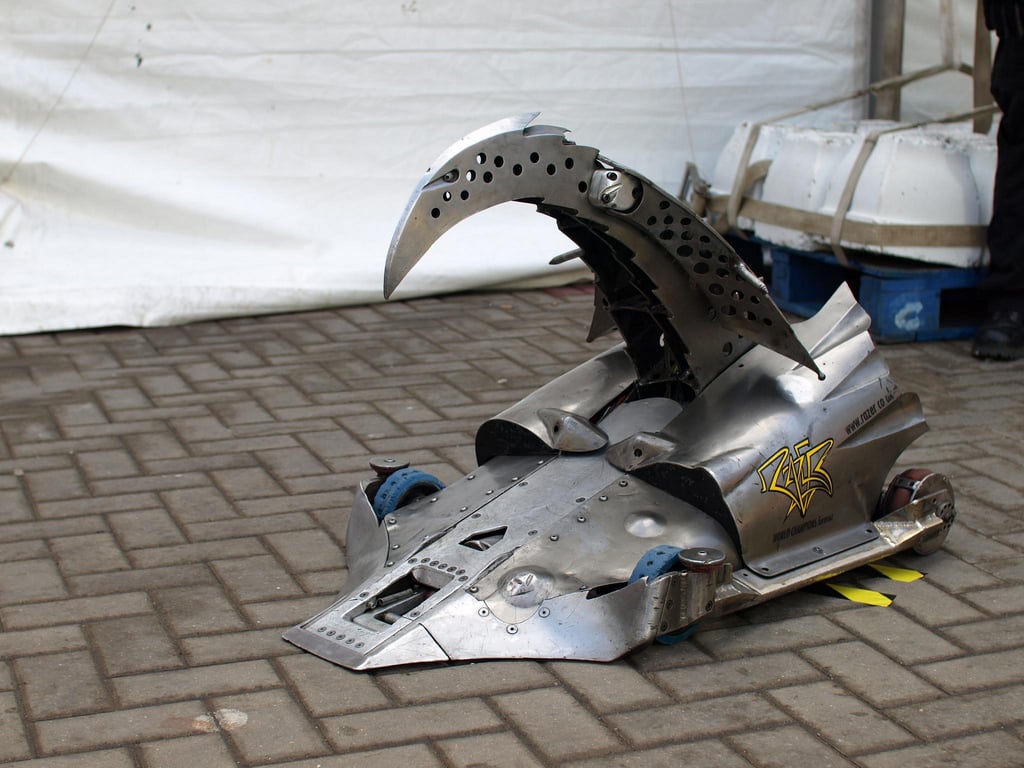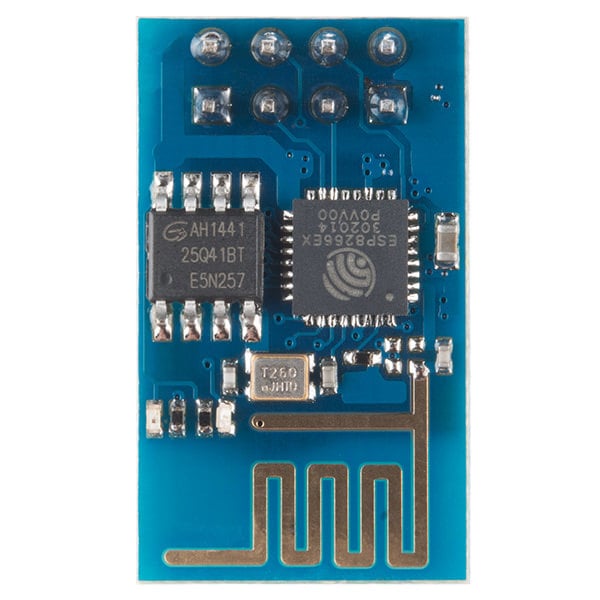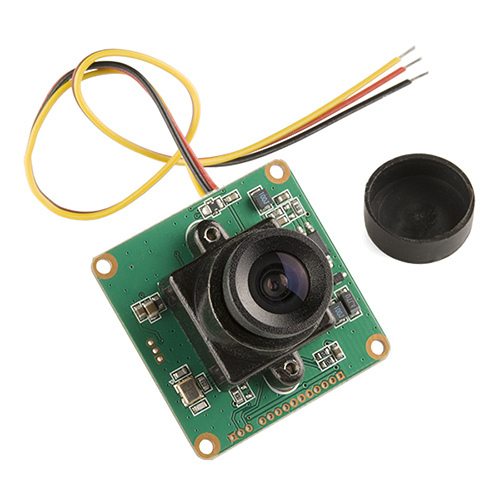Battlebots (US) and Robot Wars
(UK) have made a comeback in the past year after being shelved for more
than 10 years. Has modern technology found applications in such robots
or are the builders sticking to older methods? How could modern
technology give a player an edge in such games?
Battlebots in the Past
The late 90s and early 2000s saw several robot battle TV series, including the American show Battlebots and the British show Robot Wars. After watching both series, I can say hand-on-heart that Battlebots was, by far, more destructive and exciting. Robot Wars, on the other hand was more strategic, with players needing to rely on house robots and traps to win.Either way, each series was, without a doubt, awesome for those who are interested in engineering—and for those who enjoy watching metallic mechas destroy each other. These robots back in their day used technology that was modern for the time: RC receivers, actuators, engines, and high-capacity batteries.
Of course, technology has changed in the past 10 years. Embedded systems are commonplace, as well as higher capacity batteries, smaller engines, rapid prototyping techniques and much more. Despite these changes, the new Battlebot and Robot Wars series showed little technological advancement with regards to sensors, microcontrollers, and electronic warfare.
However, one ex-competitor to the original Robot Wars, Team Storm, has re-entered the competition with their old robot, having added modern sensors and controllers to help improve performance. Using tactical telemetry, sensors on the robot measure the voltage and current readings from the internal batteries and relay the information back to the operators during gameplay.
Depending on the situation, the operators can decide whether to pump more power to systems such as the motors in an attempt to deliver more damage or to retreat with haste. So how could the inclusion of modern tech help in robot battles, and how can such systems give an edge over other players?

Razor was one of the top robots in Robot Wars. Image courtesy of Wikipedia
Modern Technology in Robots
One common problem in Robot Wars is the frequent loss of connection and power inside the robot which would, in turn, result in an unresponsive system. While loss of power is commonly a result of insecure fixings, loss of communication could easily be mitigated with the use of two separate communication lines where one is a redundant system that kicks in after a timeout expires on the first controller, but having a second controller is just one of the many methods for ensuring a more reliable robot. The robot battles show players with remote controllers that are similar to the ones found on remote controlled planes and cars.The radio frequency that these robots use will most likely be around the 27MHz channel which has the advantage of long-range communication but has the disadvantage of a long antenna length. If a player switched to 2.4GHz and used a module like the ESP8266 then a shorter antenna could be used instead and, therefore, reduce the chance of signal loss (albeit sacrificing range). On top of that, the ESP8266 module has a very low profile, so multiple modules could be used, which all could act as redundant communication links.
The communication system could also be improved in many other ways including the use of a microcontroller instead of using an RC module with outputs that connect to actuators and subsystems. The use of microcontrollers allows for more advanced techniques including feedback from sensors for voltage, current, cameras, pressure on gas canisters, and temperature (from motors and batteries).

The ESP8266 is an example of a low-cost device. Image courtesy of SparkFun Electronics
Feedback from values such as current and voltage could give an idea if a power system is failing, which would give the player a chance to correct the issue, but how could a player fix such a problem if the robot is in the middle of a battle? One possible method is to use multiple relays that isolate separate batteries from the robot which can be switched on and off using the main controller. If one battery fails, then the controller could select a different battery to power the robot and could, therefore, continue to function.
One problem with directing remote-controlled robots is orientation with respect to the player. If a camera module were to be installed at the front of the robot, then the player could use a display on their controller to help with maneuvering the robot. This would help in arenas with floor traps that need to be avoided; players misjudge their orientation frequently, which results in robots falling into traps. With camera modules being very cheap, a robot could easily have multiple cameras which could be positioned around the robot to provide a full 360-degree view.

This CMOS camera module costs less than $15 and could add a lot of functionality. Image courtesy of SparkFun Electronics
Of course, there is one field of electronics that while it may never be allowed in robot battles, would add an extra level of interest-- namely, electronic warfare and electricity-based weapons. Directional jamming methods could be employed (link opens .pdf) which would prevent a robot from functioning for a set amount of time, but the use of jamming equipment could be limited by certain rules (such as one-time use). Electrical energy could be used in more interesting ways, including, for instance, the use of coil guns which could launch projectiles at sub-bullet speeds or the use of electrical shock methods (such as a tazer) which could fry sensitive electronics in other robots.
Summary
Robots smashing each other to bits is great entertainment, but if a player wishes to have an advantage, then integrating modern technology such as advanced sensors, microcontrollers, and carefully-planned subsystems is going to be the way forward. On top of their ability to relay information, microcontrollers and subsystem integration are incredibly cheap; microcontrollers like the PIC18 start from as little as twenty cents. This allows for large amounts of segregation which, in turn, helps with reliability and subsystem management.The tech of ten years ago still makes for exciting robot battles. But if builders upgraded their bots, they could prevent damage and win more battles. Let's hope we see more advanced tech in future seasons.







No comments:
Post a Comment